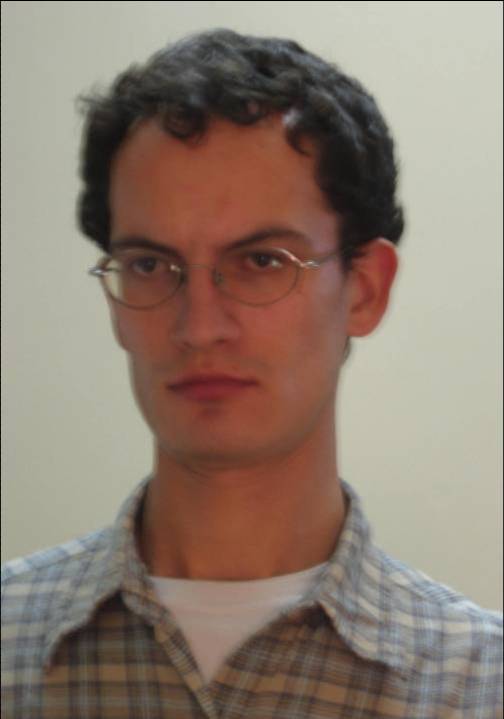Wednesday, July 08, 2009
Berlin Biennale as a Postmodern Form of Urban Governmentality
At the point where "speed and slowness, decisiveness and waiting, timely action and delay" (Perniola 1995: 18) become mutually integrated, art biennials represent not only a transition towards urban governmentality but also to post-modernity. As sites where new possibilities of capitalist development are born (Lazzarato 2004; Lefebvre 1969), cities play an increasingly important role in the changing landscape of rights, authority and governmentality (Sassen 2006). Not just sites of inclusion and exclusion on an urban level, cities play an increasingly dominant role in the processes of economic, social, political and cultual accumulation. From these accumulation processes a different form of action arises that takes as its point of departure the late modern experience of reaching limits to accumulation within purely modern parameters (Schulze 2003). Rather than a matter of an agreed upon historical periodization, post-modernity comes into effect through principles of effective action under the contemporary conditions. As "strategic, sharp and pungent" (Perniola 1995: 18) appearance, representation of the "tension of contrary forces" (Perniola 1995: 18), and communication as "the transmission of knowledge and experience" (Perniola 1995: 18) increasingly bear on economic, political, social and cultural accumulation, art biennials become paradigmatic representations of post-modernity on the urban level.
Subscribe to:
Posts (Atom)
